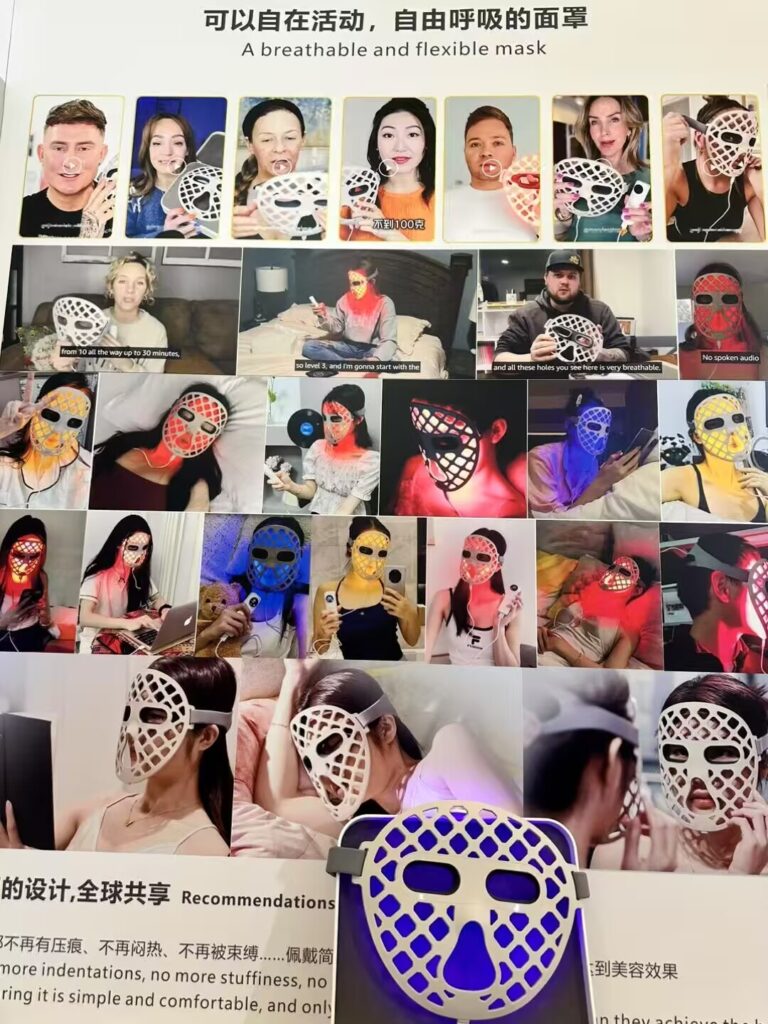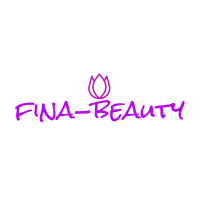LED red light face masks are all the rage lately—almost half the beauty bloggers are raving about them, and even celebrities have been spotted with them on their vanity tables. As someone who’s seriously researched beauty devices, I want to cut through the marketing hype and talk about why they’re so popular and whether they’re actually worth buying.

1. Why Are Red Light Masks So Popular?
LED light therapy isn’t new—professional clinics have been using it for over a decade, but the high cost kept many away. The rise of at-home red light masks taps into two key trends:
Democratization of Beauty Tech: Wavelengths like 630nm red light, once only available in high-end clinical devices, are now accessible in affordable at-home gadgets.
“Lazy Skincare” Demand: Unlike Clinic RF devices that require technique and time, red light masks are effortless—just wear them for 10 minutes a day, fitting modern preferences for quick, efficient routines.
2. Does It Actually Work? The Science Behind It
Red light (630–660nm) does have research backing: it penetrates the skin to stimulate collagen production and reduce inflammation (great for acne-prone skin). However, results vary—it’s not an overnight miracle but a gradual, gentle treatment. After a month of consistent use, I noticed improved skin texture, but for wrinkle reduction, RF devices still outperform.
3. Who Should Buy One? A Realistic Guide
✅ Suitable for:
Those with budget to spare (it’s a long-term investment).
Sensitive or acne-prone skin (red light’s anti-inflammatory benefits shine here).
❌ Not ideal for:
Anyone expecting quick fixes for wrinkles/sagging (pairing with RF may work better).
4. Watch Out for These Overhyped Claims
“Fades spots in 7 days” → False (light therapy only aids gradual cell turnover).
Avoid cheap, non-certified products → Look for FDA-cleared brands or verified lab reports (incorrect wavelengths = useless).
Final Verdict
The red light mask trend reflects tech accessibility + evolving skincare needs. It’s a solid maintenance tool, not a magic wand. If you’re patient and consistent, it’s worth trying; if you want dramatic, fast results, saving up for professional treatments might be better.
